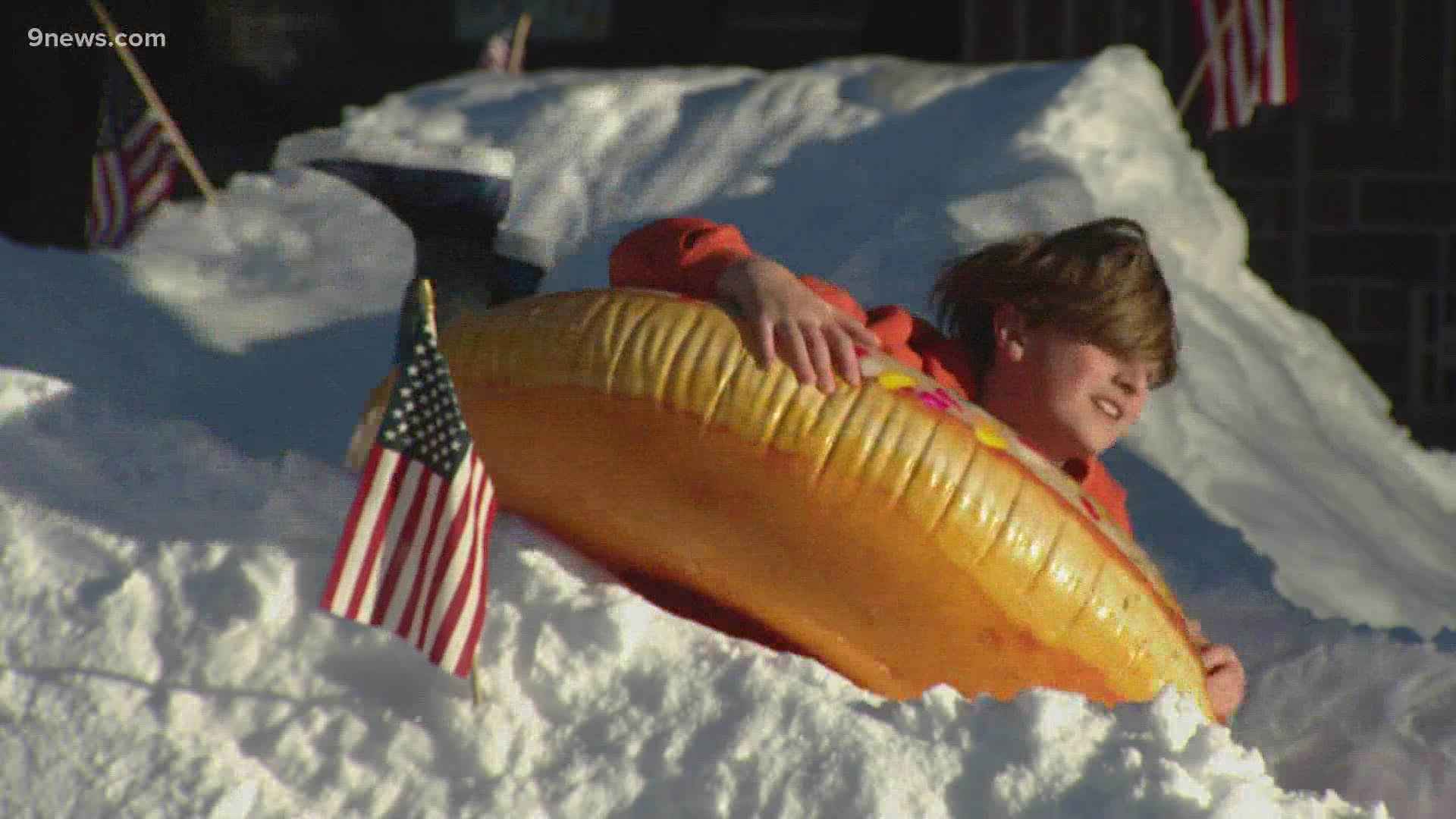BEIJING, China — Sliding face-first on an icy track at speeds up to 80 mph looks dangerous and terrifying.
But that's what Olympic skeleton athletes choose to do, run after run.
And since there's very little to protect the slider from the hard ice, making sure not to crash is very important.
The slider runs as fast as they can, bending over and pushing their sled to start. Then they jump on.
So how do they steer after that?
There is no official steering mechanism; it's all done with the slider making small body movements, according to NBC Olympics.
Sliders can use their knees or shoulder to put pressure on corners of the sled, use bodyweight shifts or tap their toes on the ice.
The top of the sled has a saddle designed to snuggly fit the slider's body. This way, even slight movements are effective.
RELATED: How do sliders control a luge sled?
There are no doubles or team competitions in skeleton, only men’s singles and women’s singles. Each slider gets a total of four runs over two days, with the fastest combined time winning the gold.
One thing to watch for in skeleton is the artwork the sliders like to put on top of their helmets.
SUGGESTED VIDEOS: Beijing Olympic Games

